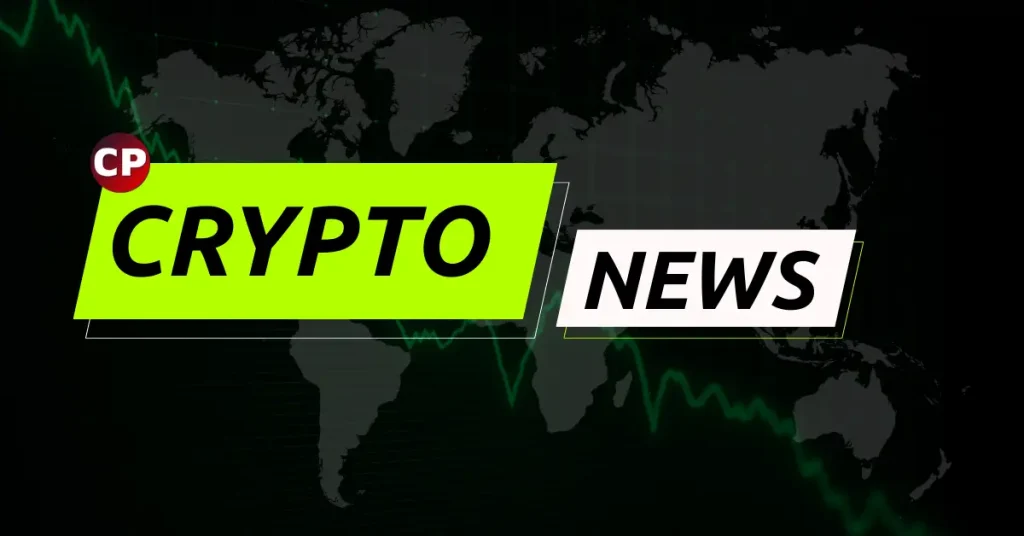ARTICLE AD BOX
Repayments of on-chain loans using stablecoins can often serve as an early warning indicator of liquidity shifts and volatility spikes in Ethereum’s (ETH) price, according to a recent Amberdata report.
The report highlighted how lending behaviors within DeFi ecosystems, particularly repayment frequency, can serve as early indicators of emerging market stress.
The study examined the connection between Ethereum price movements and stablecoin-based lending activity involving USDC, USDT, and DAI. The analysis revealed a consistent relationship between heightened repayment activity and increased ETH price fluctuations.
Volatility framework
The report used the Garman-Klass (GK) estimator. This statistical model accounts for the full intraday price range, including open, high, low, and close prices, rather than relying solely on closing prices.
According to the report, this method enables more accurate measurement of price swings, particularly during high-activity periods in the market.
Amberdata applied the GK estimator to ETH price data across trading pairs with USDC, USDT, and DAI. The resulting volatility values were then correlated with DeFi lending metrics to assess how transactional behaviors influence market trends.
Across all three stablecoin ecosystems, the number of loan repayments showed the strongest and most consistent positive correlation with Ethereum volatility. For USDC, the correlation was 0.437; for USDT, 0.491; and DAI, 0.492.
These results suggest that frequent repayment activity tends to coincide with market uncertainty or stress, during which traders and institutions adjust their positions to manage risk.
A rising number of repayments may reflect de-risking behaviors, such as closing leveraged positions or reallocating capital in response to price movements. Amberdata views this as evidence that repayment activity may be an early indicator of changes in liquidity conditions and upcoming Ethereum market volatility spikes.
In addition to repayment frequency, withdrawal-related metrics displayed moderate correlations with ETH volatility. For instance, the withdrawal amounts and frequency ratio in the USDC ecosystem exhibited correlations of 0.361 and 0.357, respectively.
These numbers suggest that fund outflows from lending platforms, regardless of size, may signal defensive positioning by market participants, reducing liquidity and amplifying price sensitivity.
Borrowing behavior and transaction volume effects
The report also examined other lending metrics, including borrowed amounts and repayment volumes. In the USDT ecosystem, the dollar-denominated amounts for repayments and borrows correlate with ETH volatility at 0.344 and 0.262, respectively.
While less pronounced than the count-based repayment signals, these metrics still contribute to the broader picture of how transactional intensity can reflect market sentiment.
DAI displayed a similar pattern on a smaller scale. The frequency of loan settlements remained a strong signal, while the ecosystem’s smaller average transaction sizes muted the correlation strength of volume-based metrics.
Notably, metrics such as dollar-denominated withdrawals in DAI showed a very low correlation (0.047), reinforcing the importance of transaction frequency over transaction size in identifying volatility signals in this context.
Multicollinearity in lending metrics
The report also highlighted the issue of multicollinearity, which is high intercorrelation between independent variables within each stablecoin lending dataset.
For example, in the USDC ecosystem, the number of repays and withdrawals showed a pairwise correlation of 0.837, indicating that these metrics may capture similar user behavior and could introduce redundancy in predictive models.
Nevertheless, the analysis concludes that repayment activity is a robust indicator of market stress, offering a data-driven lens through which DeFi metrics can interpret and anticipate price conditions in Ethereum markets.
The post Stablecoin loan repayments flag early signs of Ethereum volatility, report finds appeared first on CryptoSlate.
.png)
 6 hours ago
2
6 hours ago
2








 English (US)
English (US)